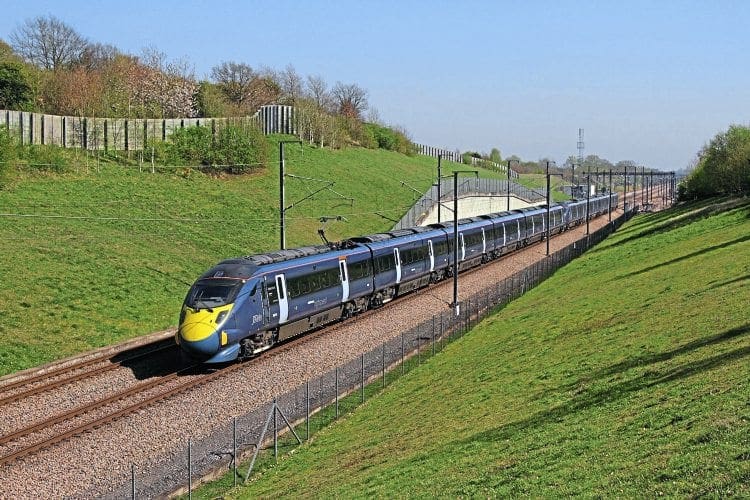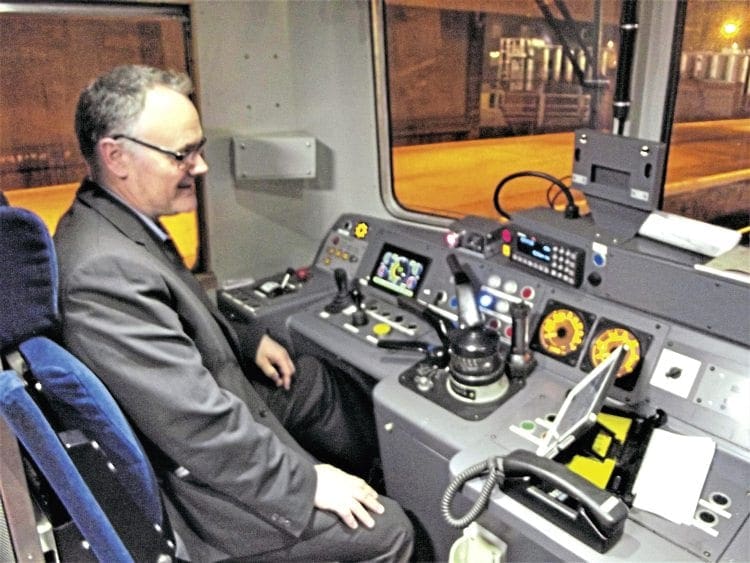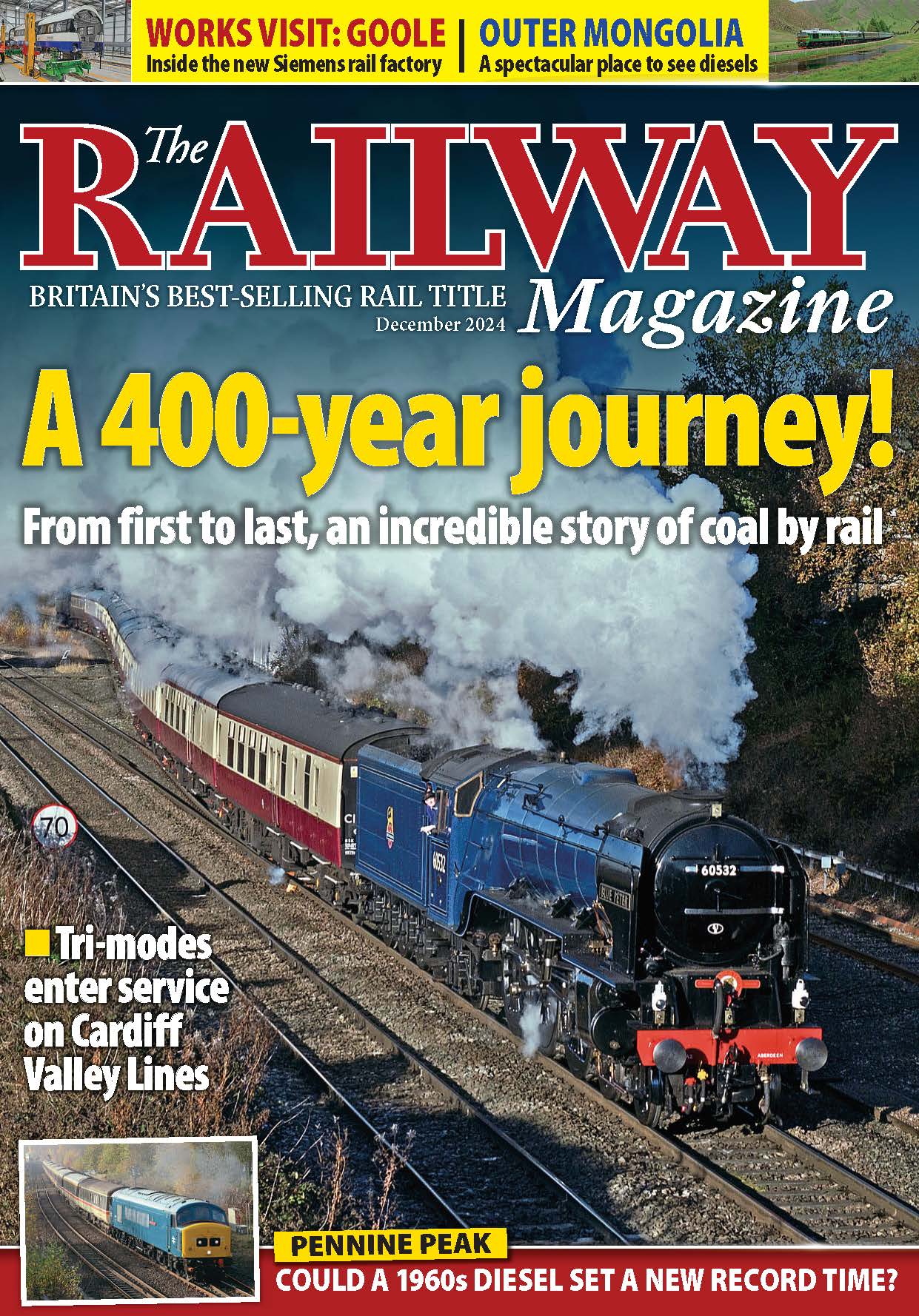The June issue of Practice & Performance covered a journey in the cab of a Class 92 from Euston to Glasgow. Thanks to the good offices of Serco Caledonian Sleeper and GB Railfreight. John Heaton FCILT resumes the story with a Class 73 cab ride from Aberdeen to Edinburgh.
THE distinctive noise of an MTU engine ticking over at Aberdeen station in the semi-darkness of an early April evening comes from Class 73 No. 73970 standing in the bay platform at the head of a five-coach sleeper portion – destination Edinburgh for combination with the Inverness parent train and Fort William through coaches.

Booked arrival in London Euston is at 07.47 the following morning. The tare weight of the trailing load is well within the 1,600hp capability of the refurbished former Southern Region electro-diesel, but the coastal road to the Scottish capital is by no means an easy proposition.
Dale Williams introduces me to GBRf Craigentinny driver Paul Beasley as we watch the 21.31 ‘Voyager’ depart for maintenance at Paul’s home depot, having arrived here at 20.48 on the 09.25 from Plymouth.
Monthly Subscription: Enjoy more Railway Magazine reading each month with free delivery to you door, and access to over 100 years in the archive, all for just £5.35 per month.
Click here to subscribe & save
The freight company’s portfolio of Scottish work justifies a separate depot in the Edinburgh area nowadays and there is some discussion of the special arrangements for the ‘Royal Scotsman’ prestige charter programme which is about to start. Dale is also on the lookout for suitable recessing locations for its future use.
The signal clears, the ‘right away’ sign illuminates and driver Beasley eases his train onto the main line. The first obstacle is the 1-in-118 climb up through Nigg Bay with speed eventually reaching 57mph on the 1-in-154 and then dropping to 55mph at Cove Bay on the 1-in-102. Paul says he does not rush this section as he is likely to be checked, somewhat incongruously, by the preceding ‘Voyager’. However’ the length of block sections means that, after touching 67mph at Portlethen, we find Newtonhill’s colour light distant ‘on’.

Speed has been reduced to 25mph when the semaphore home signal clears, but while we are still a few hundred yards away. I sense this is an awkward situation as a strict interpretation of the rules means that all other stop signals operated from this ‘box will be ‘off’. If we were being ‘dropped down’ to the section signal (‘starter’ in traditional parlance) at danger, we should have been closer to the signal and probably travelling more slowly before it was cleared, but signallers sometimes have a habit of pulling the appropriate lever when a berth track circuit becomes occupied if the progress of the train has slackened.
Paul plays safe and does not accelerate. Out of habit, I look to the signaller – in these circumstances an unauthorised handsignal is sometimes used to reassure the driver the section signal is off… but not this evening.
Paul is then able to see the signal is in fact clear and the Class 73 engine roars into life accelerating the train by 50mph until the 75mph permanent speed restriction (psr) intervenes. This was just one episode in a long journey, but one that demonstrated the way safety issues are routinely handled. It was also a perfect example of everyone doing their job properly.
Read more in the August issue of The RM – on sale now!




